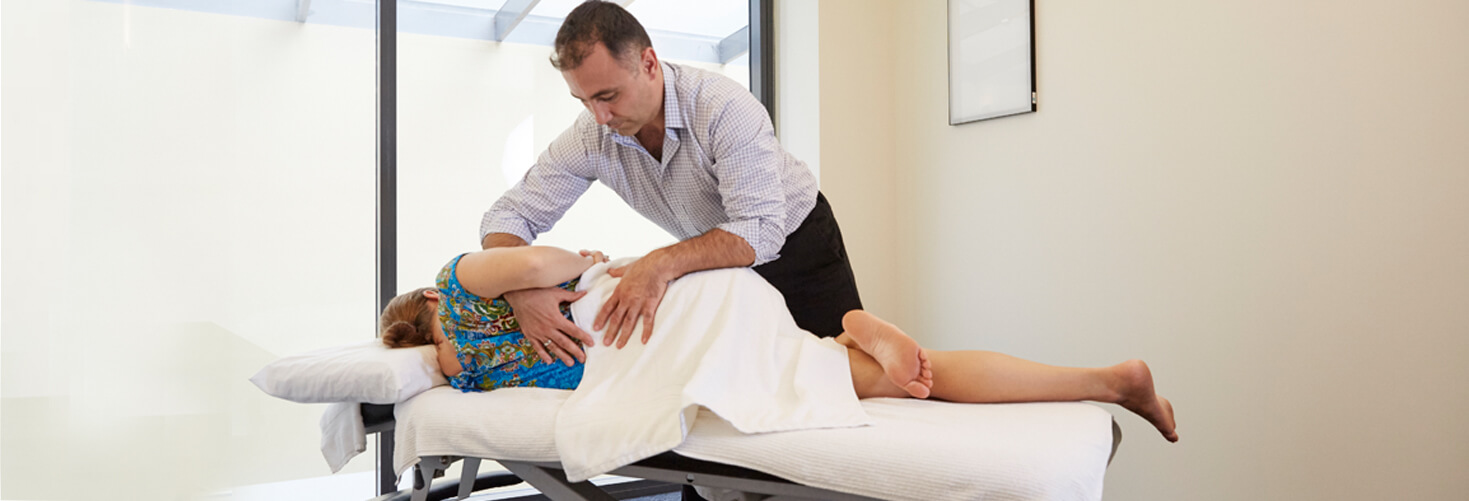Sciatica is the symptom of an irritated, inflamed or compressed sciatic nerve
The sciatic nerve begins in the lumbar spine, runs through the sacrum and gluteal muscles, down the posterior aspect of the thigh, before it further divides to supply the lower legs and feet. It has a difficulty pathway to travel and is vulnerable to compression and irritation at a few common sites. The pain from sciatica can be intense and debilitating. It can cause significant problems walking, moving and sitting when aggravated. It is a common reason for people to seek help from an Osteopath.
Sciatica symptoms
Anything that irritates the sciatic nerve can produce sciatic pain and or neurological symptoms like paraesthesia – numbness, tingling or even weakness. However, most commonly it is a combination of muscle, joint and bone compression leads to sciatica. It can come from disc herniations, where the compression is combined with inflammation of the nerve. Sciatica typically presents in the population over 40 years of age. It can be an acute condition with symptoms lasting up to four weeks or it may persist into a longer and more debilitating problem.
Sciatica causes
In many cases of sciatica, there is not a single obvious cause. Some of the more common reasons for the condition are:
- Muscular spasm – muscles in the hip, pelvis and leg are intimately related to the sciatic nerve.
- Disc Injury – bulges or herniations creating pressure within the spinal canals
- Spinal stenosis – narrowing within the spinal canal compressing the sciatic nerve
- Spondylolisthesis – forward slippage of the vertebra upon the one below pinching the sciatic nerve
Some more rare medical issues like Infection, Cauda Equina syndrome or other issues can also cause sciatica. If you have ongoing sciatica without a diagnosis, please seek a professional opinion.
Sciatica risk factors
- Age – as we get older, dehydration and degeneration in discs increases. This leads to compression and stiffness and increases the likelihood of sciatica
- Occupation – any types of employment that require frequent lifting for long periods
- Other medical conditions like Obesity or Arthritis
- Sedentary lifestyle – people who spend longer hours sitting compared to active people are more likely to develop symptoms of sciatica
If you are suffering from sciatica and would like some help, make an appointment with one of our Osteopaths today.
How our practitioners help
Osteopath
- Relieve stiffness from disc and joint issues in your back
- Improve muscular coordination and conditioning for prevention of future episodes
- Relieve pain and symptoms using nerve gliding techniques
Massage
- Soften and release tight back muscles
- Address tightness in the hamstrings and other muscles that may be putting pressure on your back
- Manage ongoing stress in your back, shoulders, neck and legs

